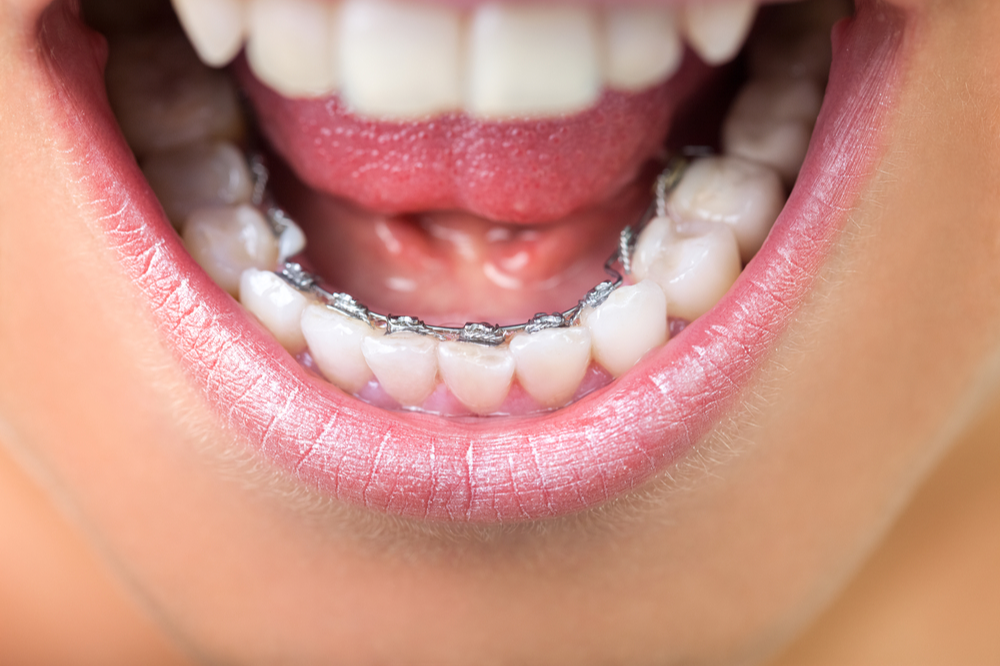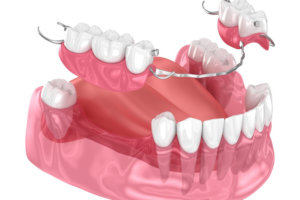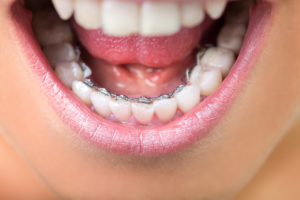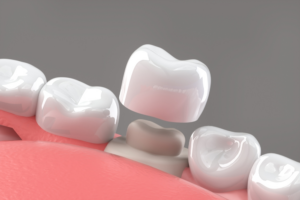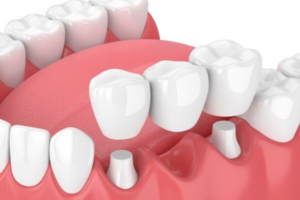If you’re considering braces to straighten your teeth, you’ve probably heard of traditional metal braces or clear aligners. But have you ever heard of lingual braces? They’re like a secret weapon in the world of orthodontics near you. Let’s dive into what lingual braces are and why they might be an excellent option for you.
What Are Lingual Braces?
Lingual braces are mainly similar to traditional metal braces, but with a slight difference. Instead of being placed on the front of your teeth, they are attached to the back (lingual) side. That means they’re practically invisible when you smile.
How Do Lingual Braces Work?
Just like regular braces, lingual braces use brackets and wires to move your teeth into alignment. However, because they are hidden behind your teeth, they offer a discreet way to straighten your smile.
Customized for You
One of the most incredible things about lingual braces is that they are customized to fit your teeth perfectly. Your orthodontist will take detailed impressions of your teeth to create tailor-made brackets.
Comfort and Convenience
Since lingual braces are custom-made, they are designed to be as comfortable as possible. While there may be an adjustment period as you get used to having them on the back of your teeth, many people find them more comfortable than traditional braces.
Who Can Get Lingual Braces?
Lingual braces are suitable for most people who need orthodontic treatment. However, there may be other considerable options for a few. Your orthodontist will be able to determine if lingual braces are right for you based on your current dental condition.
Treatment Time
The length of time you’ll need to wear lingual braces will vary depending on your case. Lingual braces treatment, on average, can take anywhere from 18 to 36 months to deliver the desired results.
Maintenance
Maintaining good oral hygiene is essential when you have lingual braces. You must brush and floss regularly to keep your teeth and braces clean. Your orthodontist may also recommend using special tools, like interdental brushes or floss threaders, to help you clean those hard-to-reach areas.
Dietary Considerations
Just like with traditional braces, there are certain foods you’ll need to avoid while wearing lingual braces. Sticky or hard foods can damage the brackets and wires, so it’s best to steer clear of caramel, gum, and hard candies.
Follow-Up Visits
You’ll need to visit your orthodontist regularly for adjustments throughout your treatment with lingual braces. These appointments ensure that your treatment stays on track and that your teeth continue to move into the desired position.
Cost Considerations
Due to their customization and specialized placement, lingual braces are more expensive than traditional braces or clear aligners. However, many people find the benefits of lingual braces, such as their discreet appearance, worth the investment.
Final Thoughts
Lingual braces offer a discreet and effective way to straighten your teeth. If you want to improve your smile without the noticeable appearance of traditional braces, lingual braces might be the perfect option.
Consult your dentist in North Edmonton to know if lingual braces suit your orthodontic needs. The Dentists at Northgate specialize in lingual braces, offering discreet teeth straightening solutions tailored to individual needs for a confident smile transformation.

